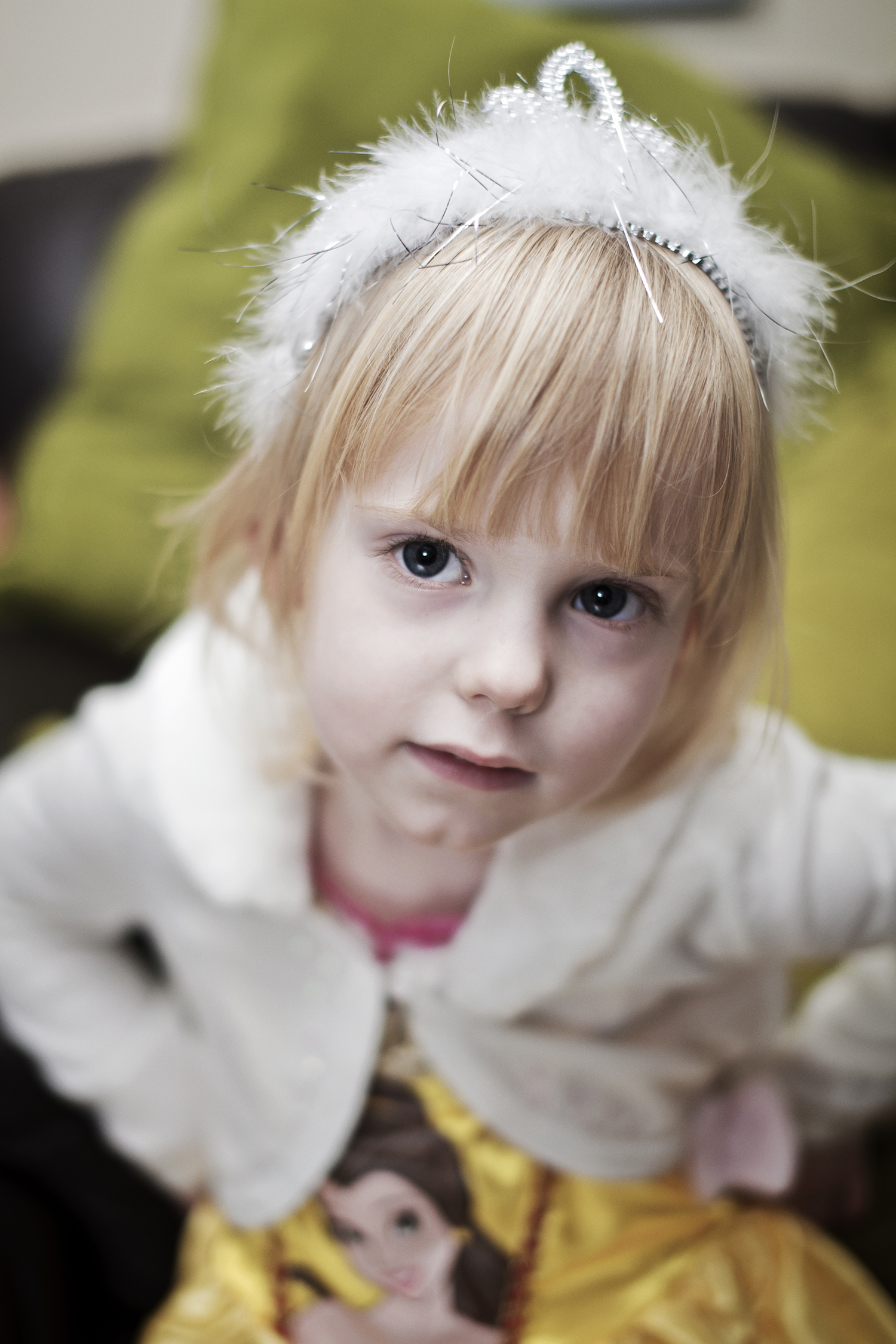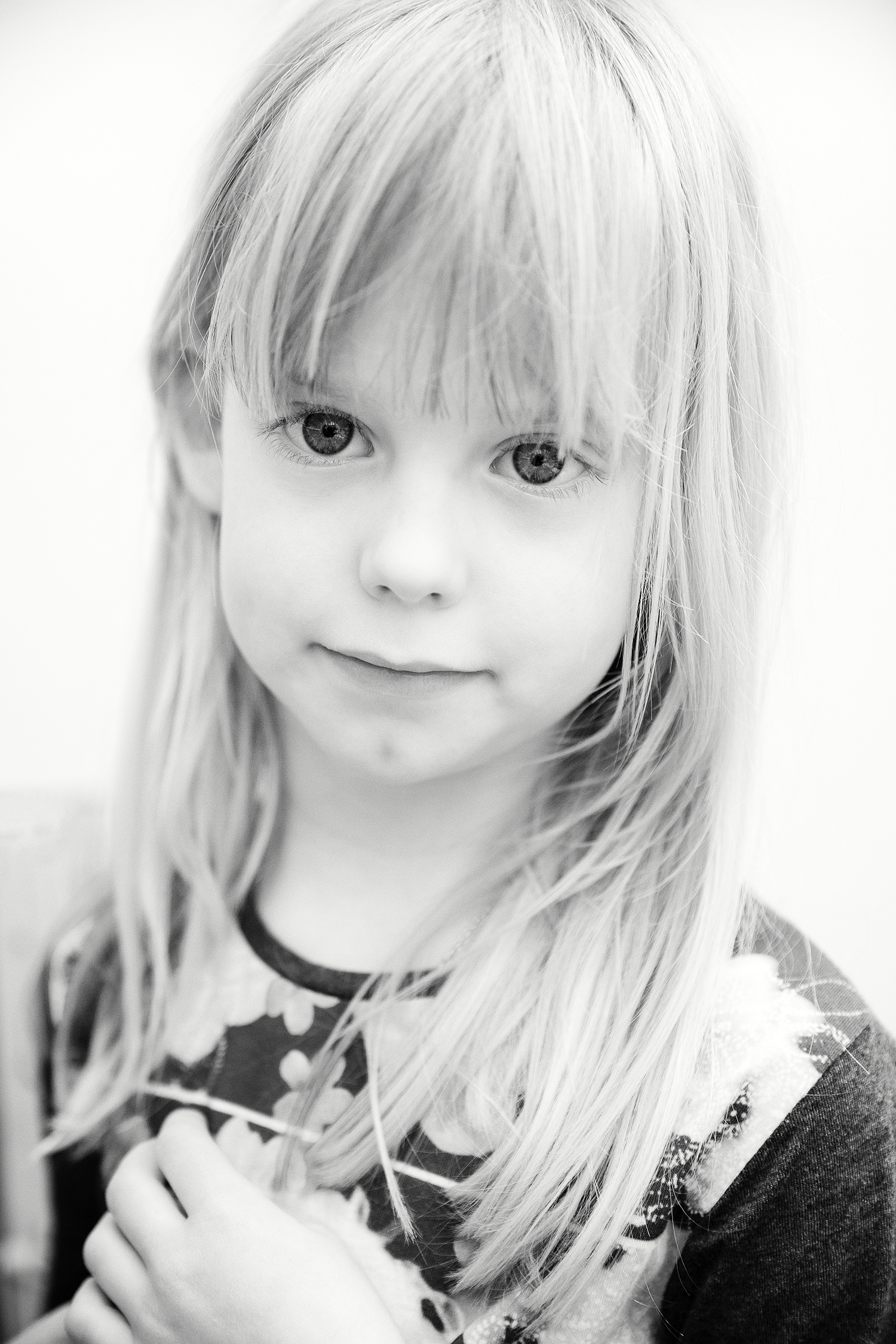Recently, I had a conversation with a young man who knew nothing about my connection to photography. He told me that he had recently discovered the medium and dived headlong into a new creative hobby. He was enthralled and addicted. I asked him what he liked about photography, and he said that he liked to “steal” moments of time that would never come again. I thought this was a rather interesting way of describing the act of taking photographs. I have often thought about how we capture or record moments, but never “steal” them. It cheekily suggests that the photographer is doing something illicit and more than a little naughty.
I do not know if I necessarily agree with him about us photographers being a bunch of unreconstructed temporal thieves, but it certainly got me thinking. Could I think of any photographs or projects that were explicitly about time? Had I seen or made any photographs that are interesting because they are about time and the medium’s relationship with chronology? The answer was yes to both questions.
Nicholas Nixon’s series of images that form his long running project The Brown Sisters is undoubtedly the most obvious and relevant example. The series first came to my attention when Sean O’Hagan discussed it at length in an excellent 2014 article for The Guardian. If you are not familiar with the project, Nixon has made, and continues to make, an annual group portrait of his wife and her sisters. The first picture was taken in 1974. Nixon created the image as a way of entertaining himself during a summer of prosaic socialising and dinner parties. Sadly, this first image has long been lost, but the pictures from 1975 onwards form the most human of narratives. We see the women, always arranged in the same order, change over the course of over forty-five years from being in their teens and twenties to being in their sixties and seventies.
There are many ways how we can view time’s relationship with our lives. For me, it fluctuates between two extremes. One is Dylan Thomas’s call to his aging father in Do not go gentle into that good night to “Rage, rage against the dying of the light”. The other approach is taken by Captain Jean-Luc Picard in Star Trek: The Next Generation. (I am not sure if including quotes from Star Trek enhances or trashes my credibility, but I make no apologies.) In one episode when talking about aging, Picard noted that,
“I rather believe that time is a companion who goes with us on the journey and reminds us to cherish every moment, because it will never come again. What we leave behind is not as important as how we’ve lived.”
Of course, my fellow Trekkies will know that the great captain of the Enterprise, perhaps the most anglicised Frenchman in television history, is enjoying a great renaissance in his nineties in Picard. As I write this article, he seems to be resisting the march of time and raging against the dying of the light more than accepting that an end is near.
To my mind, the photographs of the Brown sisters match the Picard approach whether they like it or not: time is their companion. As I look through the pictures, I understand that they still cherish the moments in each other’s company, and that they have gone through love and loss, success and failure, births and deaths together.
Of course, the pictures that I have included in this article of my niece “L” bear no resemblance to Nixon’s carefully crafted project. His photographs are formally composed, patiently made, and recall a golden age of large format photography. Mine, bar a couple of the pictures, are vernacular snap shots taken in the moments when a very active child slows down. I think they are perfectly decent, but it does feel a little presumptuous to include some of them in the article. However, I think that they are appropriate to show because their meaning and message is so very different to that of Nixon’s project.
Whilst I do see the photographs of the Brown sisters as a celebration of life and humanity, Nixon’s wonderful series is ultimately heart-breaking. The impermanence of life is written plainly on the faces of the Brown sisters; this I find melancholic. As Geoff Dyer points out in his book See/Saw, we all know that at some point this series will cease in its current form: one or more sister will expire, Nixon will shuffle off this mortal coil, or the viewer themselves will buy the farm and no longer be around to view the next episode.
In clear contrast, a series that shows a child on their journey towards adulthood but does not feature any hint of the ravages of adulthood is joyful. There is no pathos here, no hint of a body beginning to break under the weight of time. There is a sad gap in my sequence. There is a pause in my portraits of “L” between the ages of ten and thirteen. For two years, I was unable to visit England because of the pandemic. Nixon faced a similar problem, but in the interest of preserving his project, made a portrait of each sister via a video conferencing system and placed the individual shots in their usual order.
I look at the photographs of my niece and find immense joy in them. They always bring a smile to my face. The same is true of the photographs that I have made of her younger sister and the four delightful nieces and nephew on my wife’s side of our family. I desperately want to see how they all turn out as adults and recording that journey with a camera makes their stories resonate with even greater clarity. As they grow up, looking at their old portraits is like returning to the best old episodes of your favourite television programmes: even though the sets and costumes might look a little dated or the video quality not ultra-high definition, it is still a joy to revisit them.
Curiously, I could never make a series like Nixon’s. In contrast to the enjoyment that I get from recording the lives of my nieces and nephew, I find it almost impossible to photograph my parents and other older relatives. The pathos of the passage of time that makes the photographs of the Brown sisters so compelling is something that I find I am unable to confront. My own mortality is not the issue. I am enough of a realist to know that the inevitable shadow looms larger every single day whether any of us like it or not. Edna St. Vincent Millay wrote in her wonderful short poem First Fig, that “My candle burns at both ends”, and I must admit to pointing a more than occasional flamethrower at my particular candle. This I accept. However, I struggle to face the mortality of those that I love. In the last years before her death, I almost never photographed my grandmother. I just could not do it. Rather than keeping photographs, I keep memories instead and accept that they will begin to fade as time passes.
Time is as critical an element to making something a photograph as light and the camera itself. Dorothea Lange thought that “Photography takes an instant out of time, altering life by holding it still.” This sounds perfectly reasonable to me. I do not feel that we “steal” time like our new convert who inspired this article stated, but I can see what he is getting at. Every single photograph takes possession of a moment that will never come again. Even when our memories fade, when a portrait’s subject grows up, ages, or even dies, that moment will always be there, almost touchable, while the photograph continues to exist.









Cynthia Gladis
April 26, 2023 at 15:04
This was simply wonderful, Rob, and the photos of L are very special. This one hit home.
Desiree Day
April 26, 2023 at 16:57
Rob, what a terrific essay. Thank you!
Marcia Levetown MD
April 26, 2023 at 21:47
We should celebrate maturity and fellowship, not disdain and shun it. Young people have become sullen, selfish, disrespectful and arrogant, while older people carry their own weight and that of their ongoing dependents. We still sacrifice for each other. The Brown sisters remain close, gathering each year. The photographs taken of them are not only stolen time, but celebrations and indelible memorials to their love for each other over the years. This is of great value and we as photographers do a great service by artfully capturing such moments.
Older people are far wiser and more interesting than younger folks. I invite you to sit down with an elder and to ask them to tell you about their lives. I can assure you you will learn something of deep value. As a hospice and palliative care physician, these opportunities are frequent, and they are some of my most cherished memories. As I get older myself, my observation is that too many people ignore history, including the knowledge and experience of older and wiser folks at their own peril.
Mara Zaslove
April 26, 2023 at 23:46
I have just gone through some photos that my father had (since his death) and was joyfully uplifted by seeing those of my daughter as she grew….A feeling very similar to what you shared in your essay.
Nazmul Bashar
May 3, 2023 at 21:04
‘Stealing’ time! Nice way of redefining photography. Very interesting article.